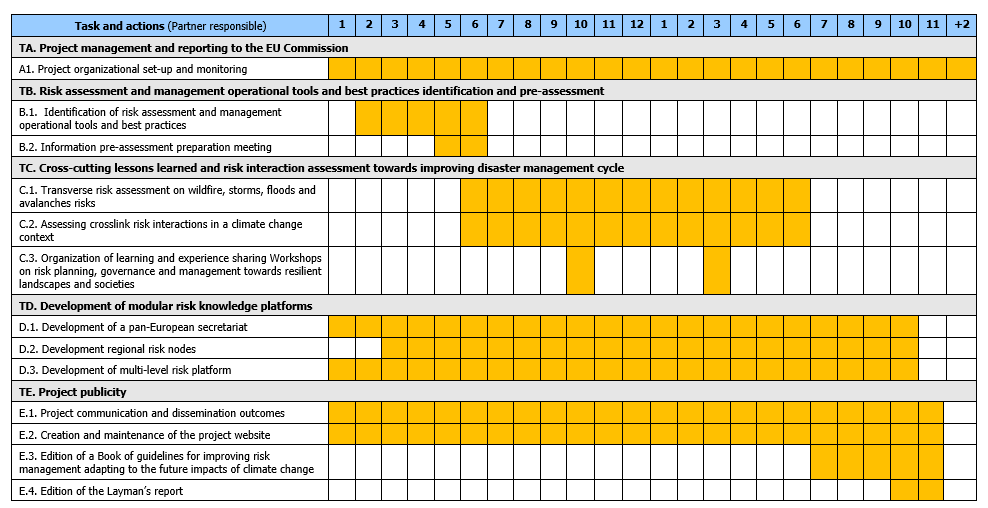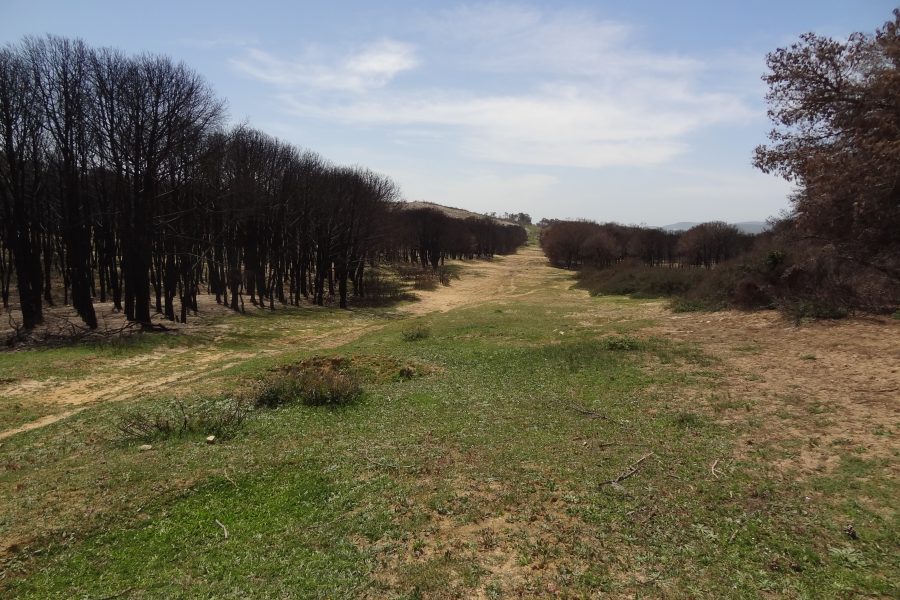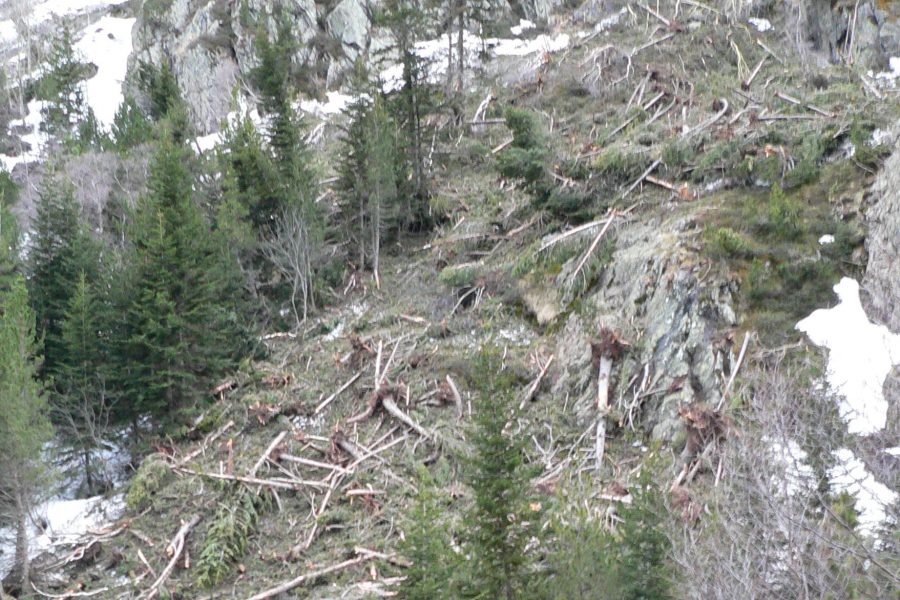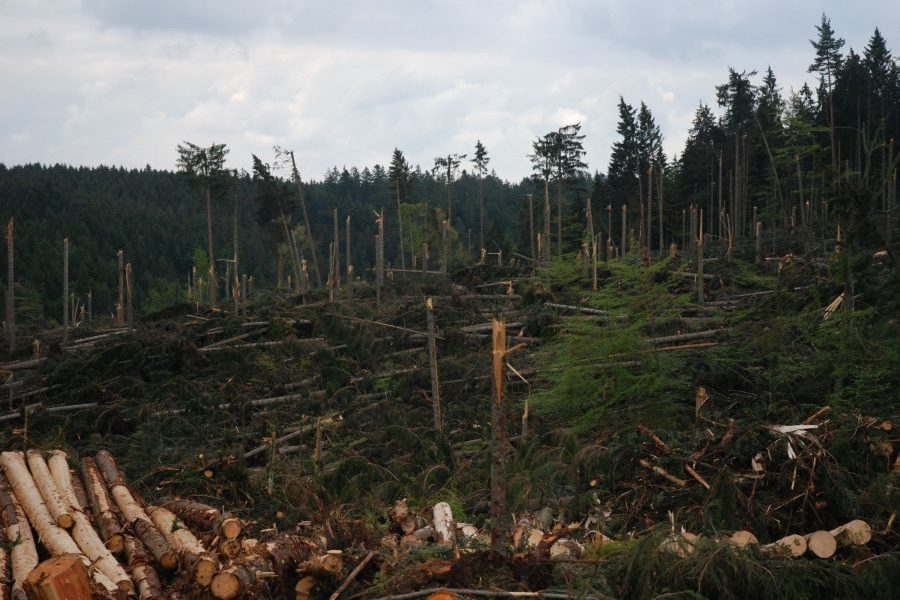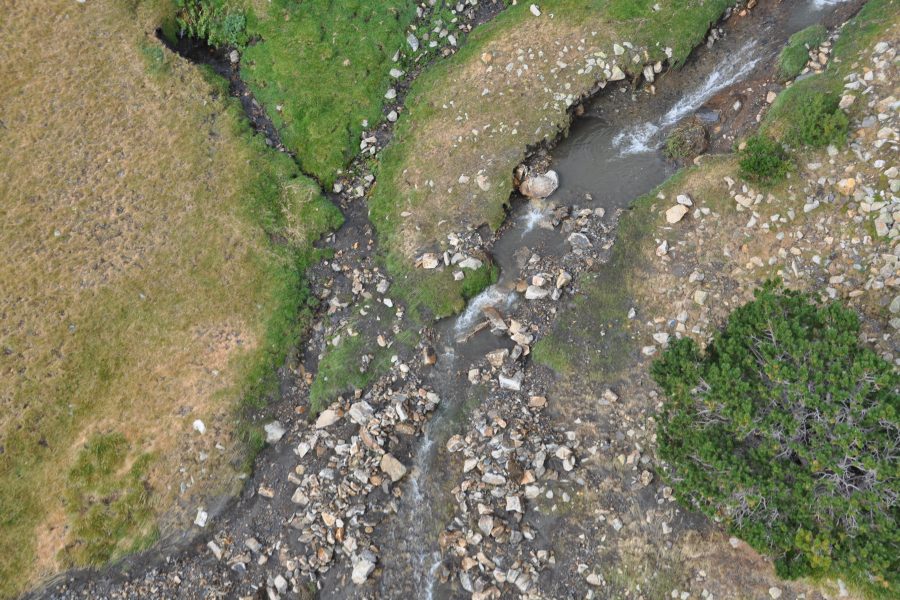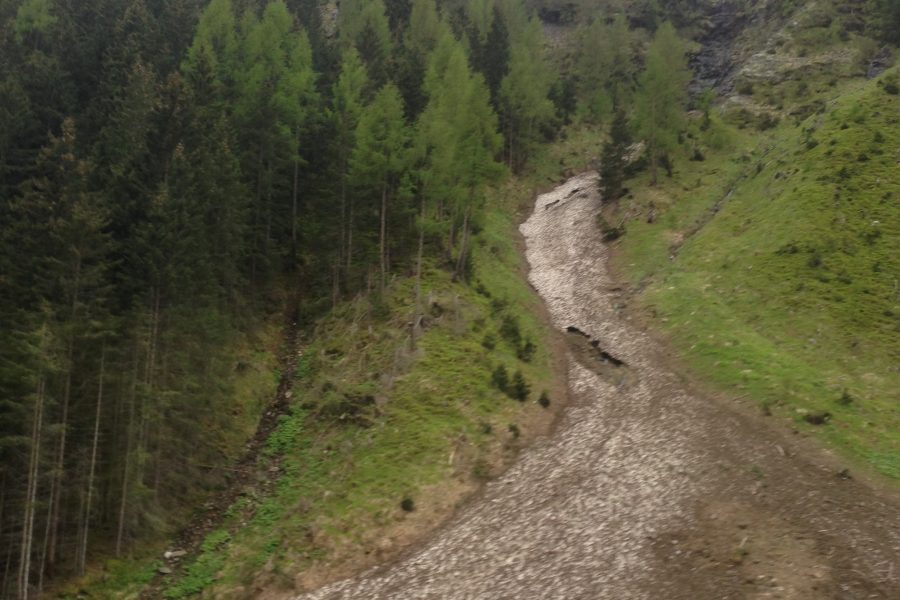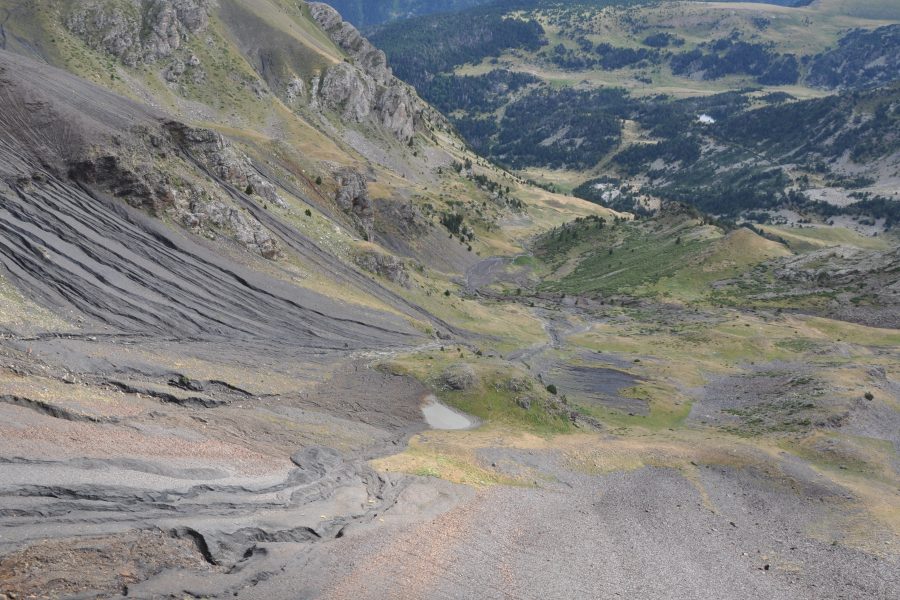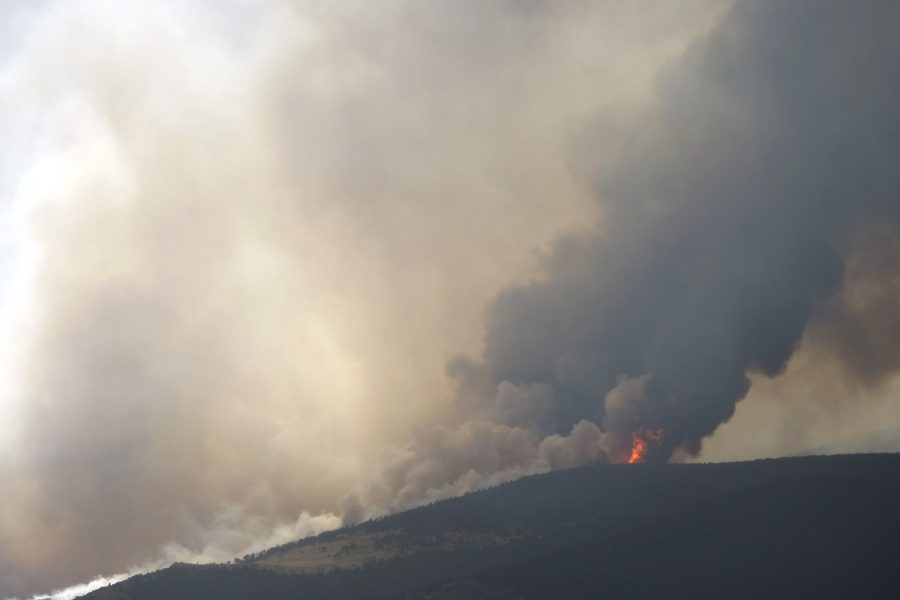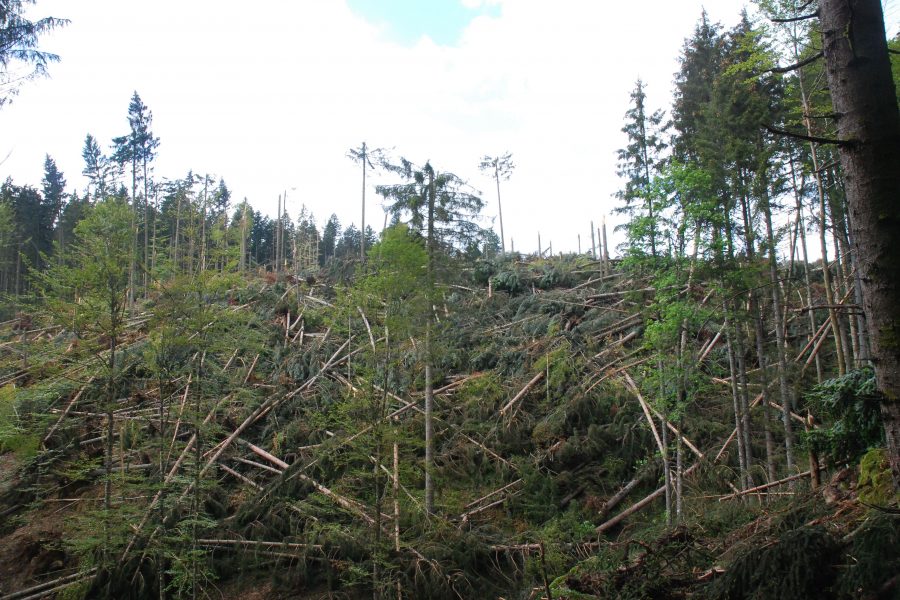Changing climatic conditions, together with changes in land uses, might modify intensity, frequency and
distribution of natural hazards and the incorporation of new risk areas in unusual territories.
In this context, all European countries seem to be subject to an increased risk of natural disasters. The
expected trend will affect areas that historically have not experienced significant impact from a specific
natural hazard (e.g. wildfires in northern Europe) and also with new hazards interactions (new risks coming up and influencing existing ones as wildfires affecting mountain forests increasing avalanche risk). This changing context presents new risk management needs regarding known situations until now, at different levels (national, regional, local), which also generates new needs of collaboration between countries.
To face these new risk situations, actions encouraging the sharing of knowledge and good practices between natural hazards and local/regional expertise should improve the Disaster Risk Reduction strategies, preparing the national Civil Protection systems to cope with the impact of climate change. Numerous initiatives such as the European Commission Disaster Risk Management Knowledge Centre (DRMKC) seek to promote the transference of scientific knowledge into practice, as well as an increased cooperation of risk assessment and disturbance management. Research knowledge is also required as an input for policy development and implementation. In order to ensure effective interaction between research, policy and practice at European, national and local levels it is essential to base collaboration on mutual understanding while allowing for a continuous and open exchange on corresponding needs.
NET RISK WORK project promotes knowledge and lessons learned exchange and networking around
risk management of four major European natural hazards and their interactions; wildfires, storms, avalanches and floods. Throughout the project, best practices capitalization, tools for assessing risk evolution under climate change scenarios and knowledge exchange with experts across Europe has been carried out. The project gives continuity to the European Forest Risk Facility Initiative started in 2014 encouraging networking under informal and permanent multi-actor platforms seeking a better transfer of knowledge into practices and policy making.
PROJECT DESCRIPTION PRESENTATION (download pdf)
Objectives
NET RISK WORK objective is to provide a platform for best practices and knowledge exchange on the main natural risks affecting European forests, as well as promote networking at regional and cross-national level facilitating the sharing experience among natural hazards expertise and risk managers, enhancing uptake of innovation and research to decision-making.
Specific objectives of NET RIKS WORK are as follow;
- Provide a useful understanding and knowledge about the disturbance ecology behind different forest risks (wildfires, storms, avalanches and floods) and the relation with the ecosystem functioning, with the aim of mitigate effects and reduce impacts and damage.
- Promote networking and knowledge exchange in different forest risks at European level.
- Identify and share best practices and operational tools and undertake a crosslink risks assessment for a better comprehension on how natural hazards are interacting in a climate change scenario, and what can be used from lessons learnt between regions and other risks experiences.
- Provide a permanent infrastructure for best practices and tools transfer to end-users on forest risks management and risk disaster reduction strategies throughout permanent regional knowledge repository platforms at local/regional level in specific natural hazards.
- Promote synergies at European level between regional nodes and with European initiative for improving the use and uptake of research and operational knowledge.
Give continuity to the Risk Facility initiative, started in 2014 (www.friskgo.org), in order to ensure effective interaction between research, policy and practices around forests risk at European, national and local levels, and according to the aim of the prevention priority 4.
Expected results
Main results of NET RISK WORK PROJECT are as follow;
- Four Reports on wildfires, storms, avalanches and flood hazards risk assessment. They will include the outcomes from the lessons learnt exchange among natural hazards risk reduction strategies, assessing what has been learnt and what could be learnt from other risks planning and management experiences. Reports will offer for risk managers and policy makers the outcomes of the capitalisation process in terms of best practices and knowledge identification and a gap analysis under the Sendai Framework for Disaster Risk Reduction principles.
- A Crosslink natural hazards risks assessment report with the interactions identified in the changing climate context affecting Europe, delivering operational guidelines and tools for conducting a multi-risk management towards disaster risk reduction. These reports will add an extra value drawing crosslinks from and to different risks agents, not often treated until now, which will suppose an innovative component in the traditional risk assessment field.
- The development of local/regional modular knowledge repository and exchange platforms for wildfires, storms and avalanches, including a pilot site development for floods, supported by a pan-European secretariat coordination, and delivering a Report with experience on facilitating cooperation that will serve to facilitate the implementation of future local/regional forest risk networks.
- The creation of a multilevel risk platform with a database of experts, best practices and operational tools. As the previous results, this is aligned with the priorities established by the Union Civil Protection Mechanism, with special attention to the regional risk knowledge platform and data base, which complements and extend the Disaster Risk Management Knowledge Centre, in terms of knowledge base and science-policy interface on forest risks.
- On line and print edition of a Book of operational guidelines for improving forest risk management and disaster reduction in a climate change context summarizing the project outcomes. This multi-hazard approach will serve specially for land and risk managers and emergency and civil protection services, which, commonly on regional basis level, have to deal with all risks and hazards. In order to facilitate the mainstreaming of project results the book will be translated to local languages.
- All Project communication outcomes, including the proceedings and presentations of the exchange knowledge workshops, making available the detailed descriptions and conclusions of the learning and experience sharing meeting to all as the potential Community of Users in Disaster Risk and Crisis Management.
Action Plan
NET RISK WORK is focussed in the main natural forest’s risks affecting nowadays the European forest and society; wildfires, storms, avalanches and floods. The project will undertake a knowledge capitalisation and exchange process (task B and C) meanwhile a regional modular knowledge repository platform will be developed (task D).
Task B will serve to identify best practices and operational tools regarding each risk assessment and planning, paying also attention to the three domains of the disaster risk management: policy making, early warning systems and disaster response. This task finalises with a partners and collaborators meetings to address the capitalisation process to carry out in the following step.
Therefore, task C develop the cross-cutting and risk interactions assessment throughout complementary learning and experience sharing workshops. The assessment will be done at two levels; Per each risk and; Per interactions between risk, concerning how are different risks connected and how be more efficient managing them when interacts among natural hazards risk reduction strategies assessing what has been learned and what could be learned from other risks. Assessment outcomes will be organised in a systematic way considering cross-sectorial topics regarding risk assessment and planning (including the potential effects of climate change scenarios) and risk governance and management. Of special interest is the interaction and linkage between disturbances and the exchange between the specific experts.
Task D has the focus of establishing modular regional knowledge repository platforms or “nodes”, in the frame of the Risk Facility initiative, in order to ensure effective interaction between research, policy and practices around forests risk at European, regional and local level. These nodes are representing a risk management network that is defined either by the same geographical region or the same language. The network nodes combine all risk expertise in the region and are in contact and mutual exchange with other nodes via the pan-European facilitating secretariat, as outlined in detail in the FRISK GO business plan. That approach ensures that the various risks are not dealt with in silos but the inter-risk exchange and interlink and conditioning between disturbances are effectively happening.
Finally, two operational task will be developed all along the project; task A on project management and reporting activities and; task E on project publicity, including the edition of the project website and the Book of Guidelines.
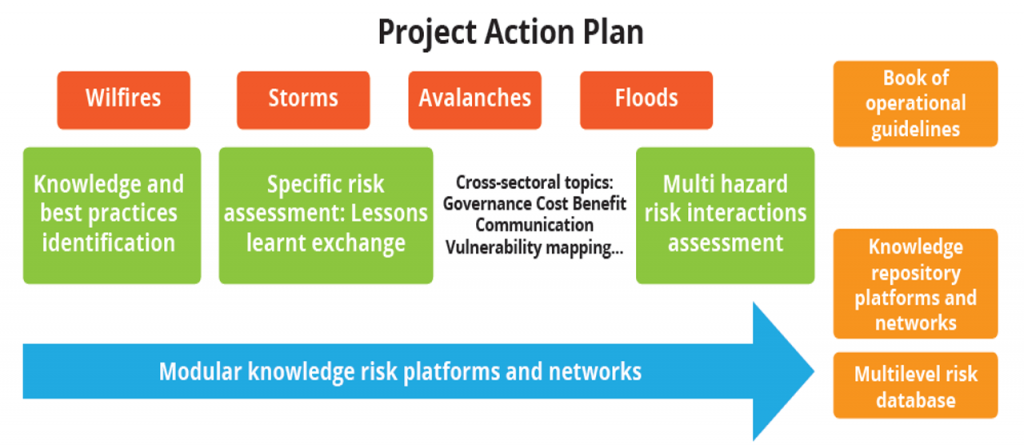
TASK A – Project management and reporting to the EU Commission
The aim of Task A is to ensure the correct coordination, management and execution of the project, to promote a smooth, regular and efficient communication between the partners from the different countries involved, and to guarantee the fulfilment of all the tasks and objectives in accordance to the established schedule.
It will also ensure the monitoring and evaluation of the actions, ensuring the correct and transparent financial execution of the project budget, and facilitating the communication of the project’s progress to the European Commission.
The partners will be advised when needed by the Lead Partner to make sure that EU rules are fully understood and respected.
TASK B – Risk assessment and management operational tools and best practices identification pre-assessment
The main objective of Task B is to identify the best practices and existing operational tools for risk assessment and management, in order to fix the state of the art in each thematic knowledge field and therefore ensure a common baseline for all risks analysed.
The revision and selection of the most relevant information would feed the pre-assessment preparation meeting, where all the information will be analysed in detail with the purpose of determine the technical pre-conditions existing for each risk knowledge, and detecting the potential interactions between risks.
Nevertheless, the meeting will be the initial scenario to define, according to this knowledge pre-existent, the work frame of the 2 workshops and its specific contents.
All in all, Task B will provide the bases to harmonize the development and content of actions and results to achieve in Task C.
TASK C – Cross-cutting lessons learned and risk interaction assessment towards improving disaster management cycle
The main objective of Task C is to analyse the different forest risks (wildfire, storms, avalanche and floods) and to identify the present and potential interactions between them into a climate change context, as well as how these interactions should be conducted from the risk management point of view, into all stages of the disaster risk management cycle and the risk reduction strategies.
Therefore, the assessment will be done at two levels; Per each risk, assessing what has been learnt and what could be learnt from other risks and; Per interactions between risk, concerning how are different risks connected and how be more efficient managing them when interacts.
Assessment outcomes will be organised in a systematic way considering common cross-sectorial topics regarding risk assessment and planning and risk governance and management. The transfer of the existing information and the lessons learned from each forest risk knowledge field would be shared by means of experience exchange and workshops which will allow the connections and exchange of expertise between many risk experts of Europe. Of special interest is the interaction and linkage between disturbances and the exchange between the specific experts.
TASK D – Development of modular forest risk repository platforms and networks
Task D has the focus of establishing modular regional knowledge repository platforms and networks, or “nodes”, in the frame of the Risk Facility initiative, in order to ensure effective interaction between research, policy and practices around forests risk at European, regional and local level. These nodes are representing a risk management network that is defined either by the same geographical region or the same language. The network nodes combine all risk expertise in the region and are in contact and mutual exchange with other nodes via the pan-European facilitating secretariat, as outlined in detail in the FRISK GO business plan. That approach ensures that the various risks are not dealt with in silos but the inter-risk exchange and interlink and conditioning between disturbances are effectively happening.
This task of the project will support the establishment of a two level organisational model; The pan-European level and the regional nodes. Namely the regional nodes and an overarching function between the thematic nodes (for instance, local expert network on wildfires) but even more between the various risks and its related factors and effects. They represent “network nodes” within and for the forest and risk community.
Task results
TASK E – Project publicity
This task aims to ensure the efficient, coherent and broad communication and dissemination of the project’s activities and results, at the local, regional, national, European and international scales.
The communication efforts will be addressed to the potential end-users, in order to maximize the impacts of the project. Communication actions will also enhance networking activities, synergies and will generate new collaborations and cross-border projects in Europe.
This task includes the edition of the final Book of Guidelines with the summary of the maim outcomes and recommendations of the project development.
Time frame and action’s calendar
